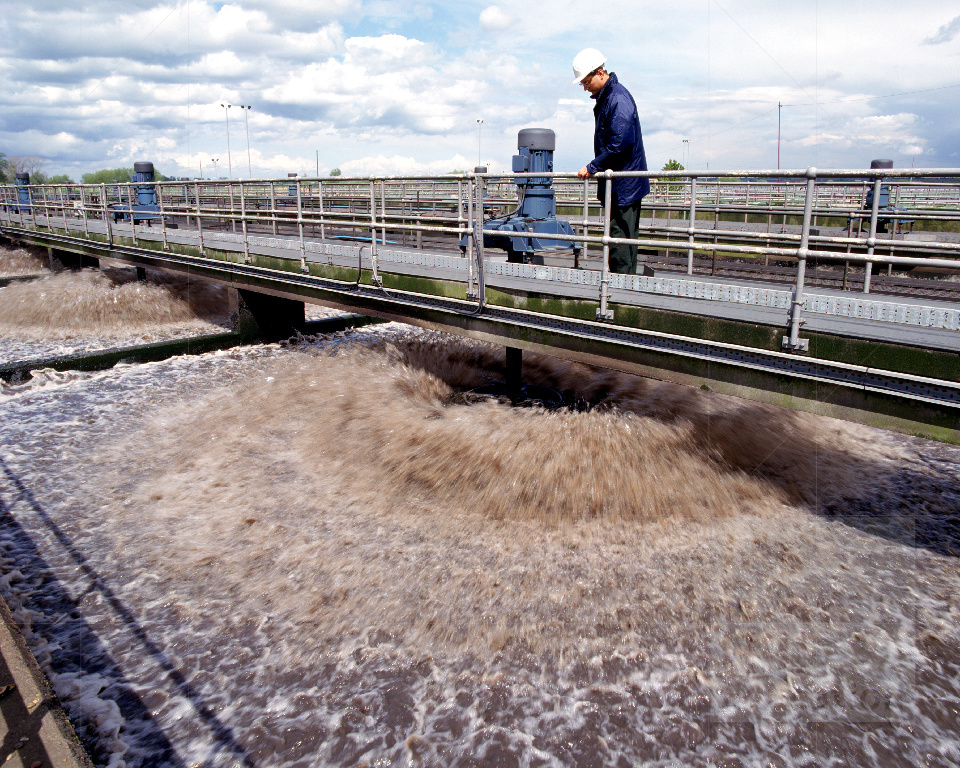Organic micropollutants are synthetic chemicals found in water sources and treated wastewater at concentrations in the range of micrograms per liter or lower. Micropollutants tend to be resistant to biodegradation and many are bioactive. Most wastewater treatment plants are not designed to completely remove micropollutants. Even many advanced treatment methods, including nanofiltration, are only partially effective for removing micropollutants. Treatment of micropollutants with oxidants, such as ozone, to destroy them may result in the production of toxic breakdown compounds. See also: Ozone; Water treatment

Sources of micropollutants include pesticides, solvents, detergents, pharmaceuticals, and personal care products. Most of the micropollutants found in wastewater come from household sources. Because freshwater scarcity is becoming a problem worldwide, the reuse of treated wastewater is becoming more important, as is the need to remove micropollutants in the wastewater treatment process. See also: Environmental endocrine disruptors; Pharmaceutical residues in the environment; Sewage; Sewage treatment; Wastewater reuse
The effects of micropollutants depend on their specific chemical properties. For example, some are classified as endocrine-disrupting compounds because above critical exposure levels, they can alter the hormonal balances of complex organisms. A well-known example of the endocrine-disrupting effects of some micropollutants is the feminization of male fish, which have been shown to lose some of their male characteristics and gain some female ones as a result of pollution.
Although no answer to the problem is in sight, recent research is pointing toward some promising solutions for removing micropollutants from wastewater. For example, researchers from the University of Hong Kong reported that coating nanofiltration membranes with a thin hydrophilic coating was effective in removing hydrophobic endocrine-disrupting compounds from wastewater. In another study, researchers from Cornell University, New York, reported that porous crosslink ß-cyclodextrin polymers adsorbed micropollutants up to 200 times more effectively than activated carbon and that these polymers could be regenerated without any loss of function. See also: Activated carbon; Polymer; Supramolecular chemistry; Supramolecular polymers constructed by rotaxane chemistry and molecular recognition





